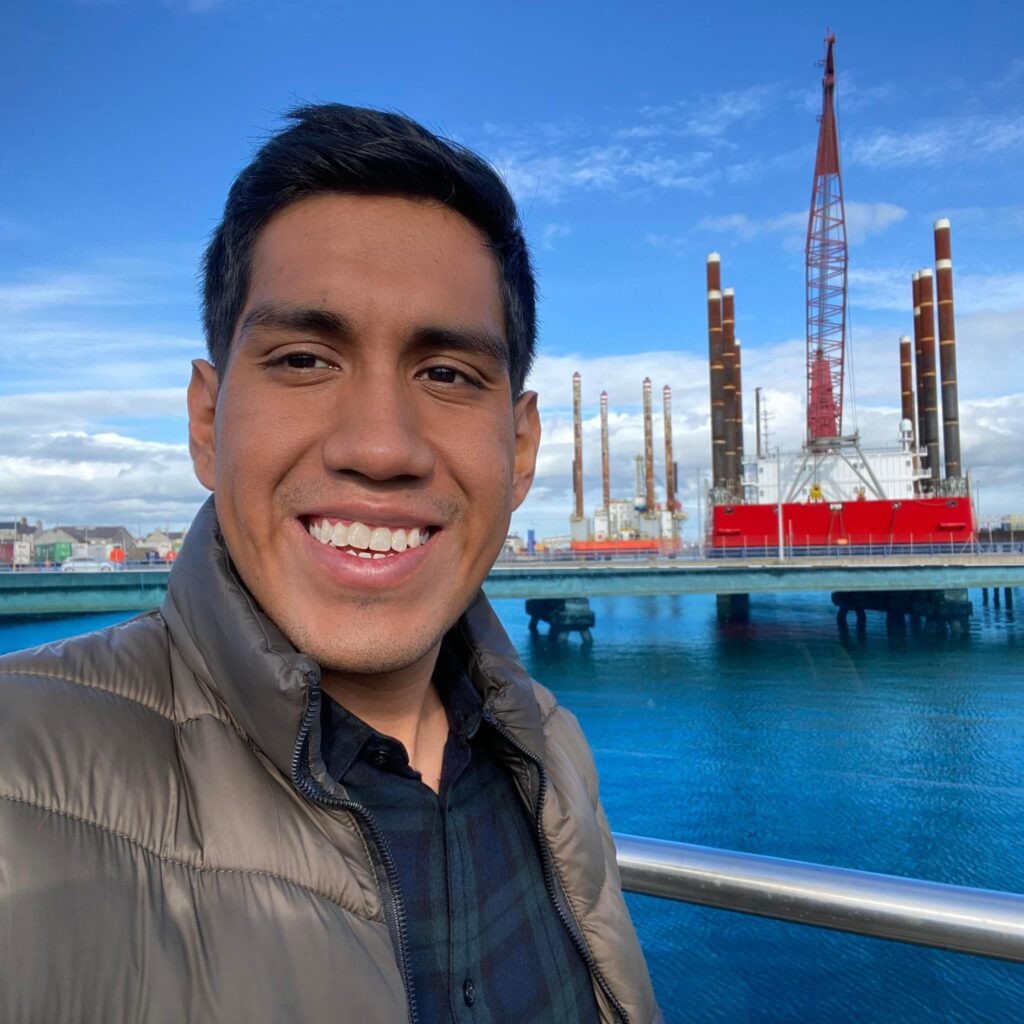Carlos Alberto Hernandez Orta

PhD: Anthropogenic change and disease susceptibility in poison frogs: identifying links with diet, skin alkaloids, and the microbiome
Location: Bangor University
University mail: lbh23kyx@bangor.ac.uk
Twitter: @AlbertoOrta19
I completed my undergraduate degree in Biology at the Autonomous University of the State of Morelos (UAEM) in Cuernavaca, Mexico where I studied the loss of sex chromosomes in vertebrates through aging using genomics and molecular biology. I recently completed my master’s degree in Ecology at the Center for Genomic Sciences, National Autonomous University of Mexico (UNAM) in Mexico with a focus on microbial ecology. I was interested in how warming due to climate change can affect the relationship between the microbiota and the host. Specifically, I worked with the skin microbiota through the development of a species of hylid frog in Mexico and with a meta-analysis of different hosts (plants, algae, animals). I am now a microbial ecologist interested in understanding how global change affects host-associated microbiomes. Furthermore, in recent years I have been involved in different projects to understand how the skin microbiota of different species of amphibians (axolotls, caecilians and frogs) can protect their host against an emerging pathogen such as Batrachochytrium dendrobatidis (Bd).
Now, my PhD project at Bangor University in Wales investigates the functional ecology, evolution, and biogeography of the skin microbiota of tropical frogs. I am investigating how frog skin bacteria can protect their host from Bd and the impact of anthropogenic change on the skin microbiome through fieldwork in Chocó in Ecuador and using metagenomics, genomics, microbiology, and synthetic ecology. I will want to know what mechanisms bacteria use against Bd and the interactions between the microbial community. My last objective is to know the biogeographic mechanism in the assembly of specific genera of bacteria in tropical amphibians of Latin America. Finally, some work will be carried out in collaboration with the Smithsonian National Zoo & Conservation Biology Institute in the USA and the University of Las Americas in Ecuador.
